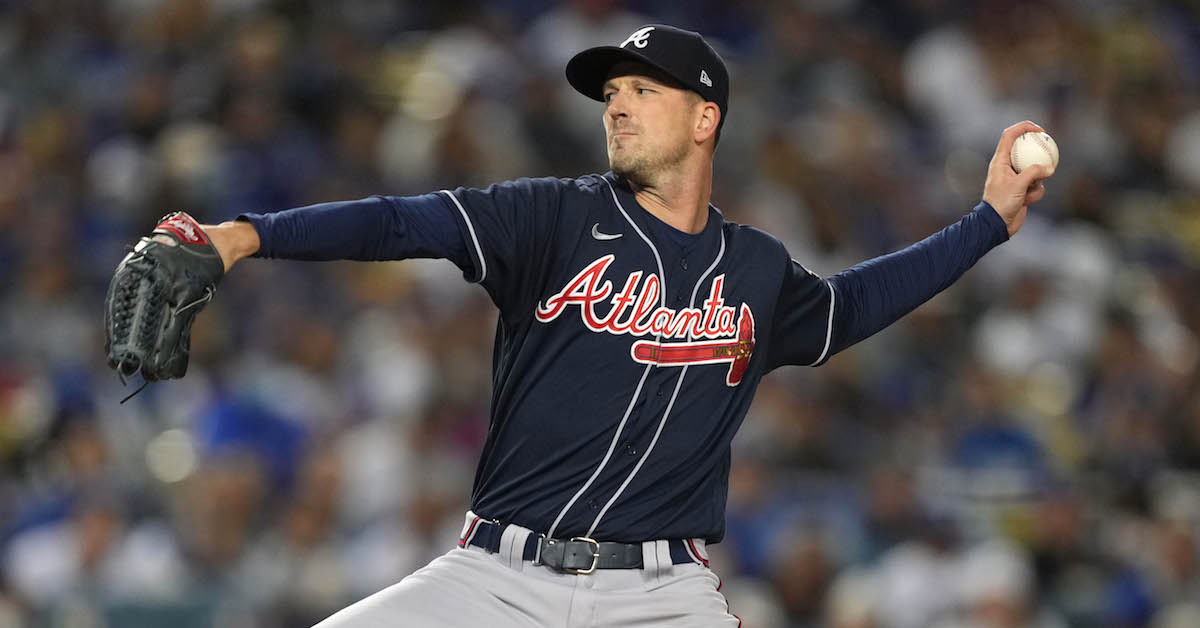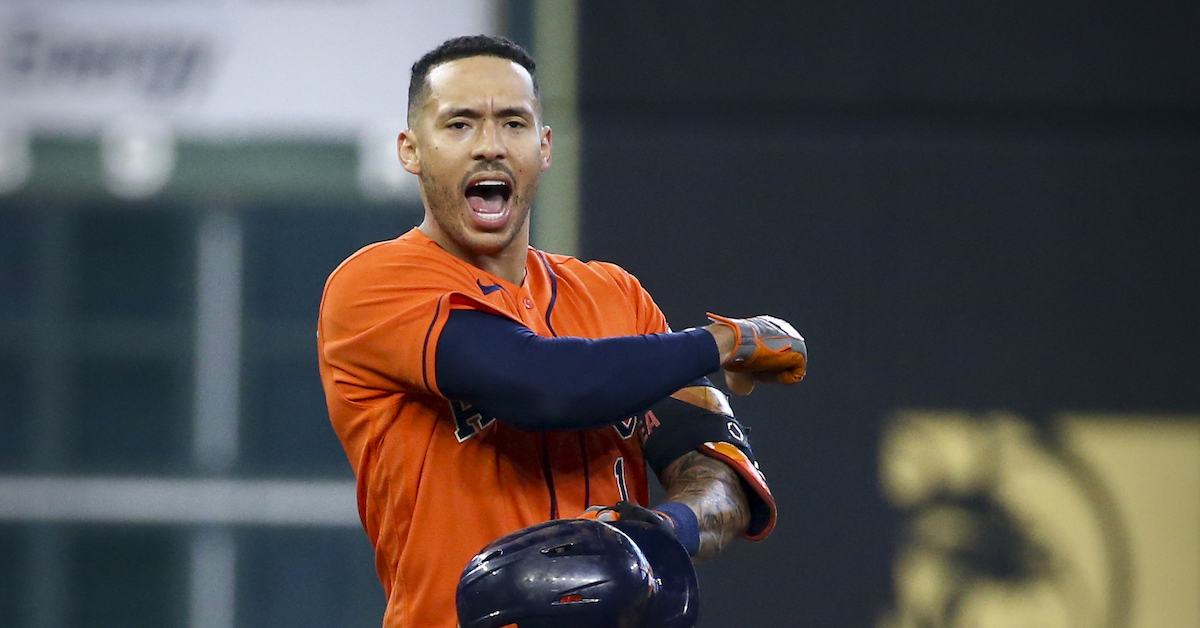Rockies Extend Ryan McMahon’s Stay in Denver

Over the weekend, the Rockies cemented another middle-of-the-order player’s status in Denver, signing third baseman Ryan McMahon to a six-year deal that will keep him in town until the end of the 2027 season. The contract guarantee is $70 million and covers four years of free-agent eligibility, as McMahon was still arbitration eligible for 2022 and ’23. The 2021 season was the first time his status as a regular seemed ironclad, and he responded with his best season yet, hitting .255/.331/.449 with 23 homers in 151 games and splitting time between second and third base.
Now, the thought going through your head right now may be, “Uh oh, Szymborski is writing about the Rockies, he must be planning to eviscerate them!” But while that’s frequently a good guess, in this case, this strikes me as a perfectly reasonable contract for them to sign. It’s a long deal for a player who isn’t a star, but like with Steven Matz’s four-year, $44 million deal with the Cardinals, the Rockies aren’t paying McMahon as if he were a star. If three years from now, the relationship between him and ownership has deteriorated, Colorado doesn’t seem likely to send him out of town with a $50 million bonus for his new team.
Let’s start with the ZiPS projections. Read the rest of this entry »








